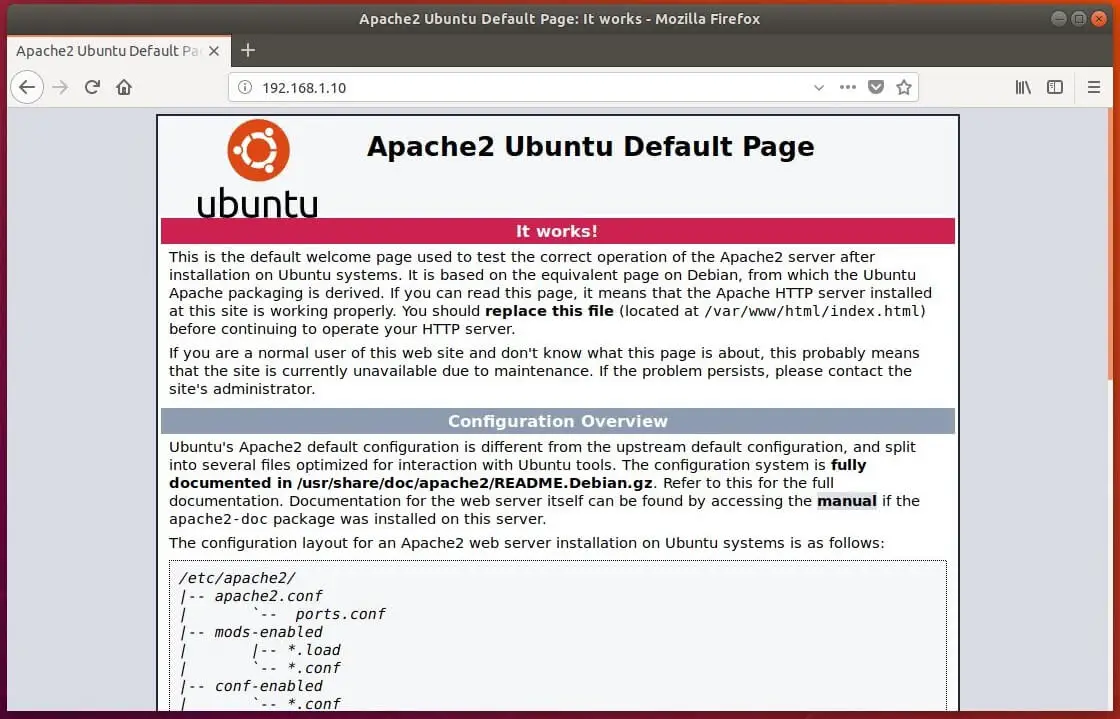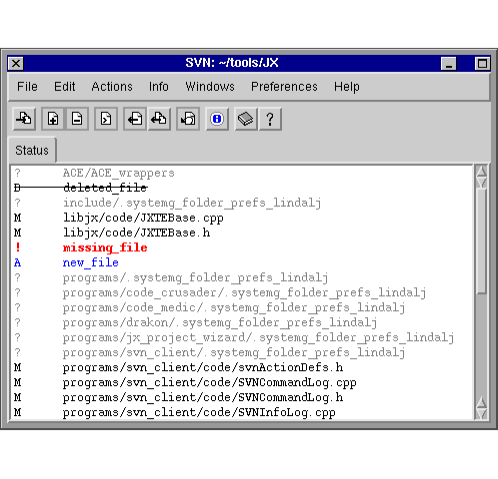
- #Svn client ubuntu how to
- #Svn client ubuntu install
- #Svn client ubuntu manual
- #Svn client ubuntu password
#Svn client ubuntu password
Now subversion should be able to read from gnome-keyring, and you no longer need to type the password every time! You can use seahorse to check if everything was successful. "domain" has to match with certificate path in svn config that we just created. This will create a network password in default keychain. em_create_sync(None, gnomekeyring.ITEM_NETWORK_PASSWORD, "svn cert pwd",, "Secret_Passphrase_Goes_Here", True) Debian/Ubuntu users need "python-gnomekeyring" package for this to work.


Since seahorse was incapable of creating a network password entry for me, I used a tiny python script. Now the tricky part - manually saving passphrase into gnome-keyring. Also make sure to replace V 33 with length of your path string. The path may be different in your case obivously. strace svn up and you should see something like "/home/user/.subversion/auth/-passphrase/b97ec2acbc64a5c8634a2307cd100b13". Ssl-authority-files = /some/path/to/CA_if_needed.pemįind which file svn is trying to read. Ssl-client-cert-file = /mnt/data/myuser/certificate.pk12 subversion/servers: store-auth-creds = yes Most of the steps are the same:Ĭontents of. Inspired by the above solution I managed to make it work with gnome-keyring. Note that my username isĭerived from the certificate common name, otherwise I think you as the password key. Watch where svn is trying to retrieve the data from "strace -e Type in password into kwallet for this key
#Svn client ubuntu manual
Given what you told me, I was able to find a workaround and manual

There is a very nice how-to: Reposting the steps here, all credit to original author - Simon. One solution is to use kwallet as a password store. I'm answering this here in hope that somebody will find it useful and save some time. Revert your current working copy revision to the previous or custom revision:Ĩ.There seems to be a bug/regression in subversion 1.8+ where it fails to store certificate passphrase. Then you can type 'svn ci' and copy using clipboard all files you want to commit delimiting them by space!Ħ. Type a command in the project's root folder and it will list all modified files It is very simple to check what files are modified, added or removed:
#Svn client ubuntu how to
Svn status or how to check the state of the project
#Svn client ubuntu install
After you will hit the enter, you will see nano editor (sudo apt-get install nano) text enter area for commit comment, and list of files you are going to commit. ~$svn ci file_to_commit.java file_to_commit2.java If you want to commit all changes, just type 'snv ci' like 'svn up' If you want to commit many files, just list them after 'ci' using space between file paths Single File choosing logic is same as for delete and add, just another command is used After you have added/deleted the file, you need to do a commit to apply changes!Ĥ. To remove files, change 'add' in the command to 'remove' :) a) Go to the root dir of the project or b) go to the file via all folders, so if you type 'ls' you will see this fileĪ1) ~$ svn add ~/projects/some_project/some_folder/some_file_to_add.javaĪ2 - you are in the root proj dir) ~$ svn add some_folder/some_file_to_add.javaī - you in the file's dir) ~$ svn add some_file_to_add.java Adding/Removing files and directories into svn: Go to the your project's root directory, example: /home/yahor/projects/some_project/trunk <- and then there are going project structure, so trunk is a root project's folder, then type:ģ. Nano editor is needed for adding comments Go to the folder you want to make you project's folder and type a simple command: Getting svn sources from the svn repository:

I have found how to do that using Terminal and from that moment I'm not using any single GUI svn client :))ġ. One day I had problems with GUI svn client and a big headache how to commit my changes.


 0 kommentar(er)
0 kommentar(er)
